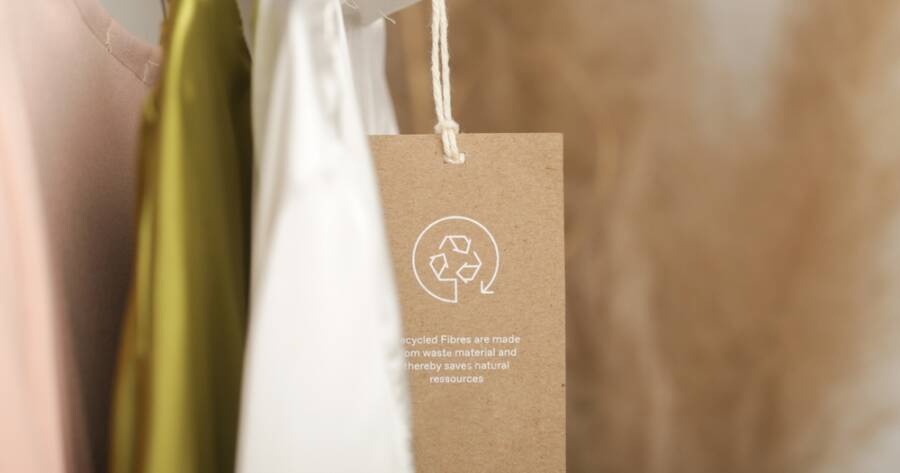The circular economy presents a transformative approach for businesses seeking sustainable growth and alignment with environmental goals. By focusing on recycling, reusing, and reducing waste, companies can create value while minimizing environmental impact. As consumer expectations shift toward sustainability, embracing circular principles offers a pathway to resilience and innovation. Discovering successful strategies and case studies can provide insights into integrating sustainability into business operations.
Understanding the Circular Economy
The circular economy is a model that seeks to eliminate waste by promoting a continuous cycle of resource use. It contrasts with the traditional linear economy, which often follows a “take, make, dispose” approach. In a circular system, materials are recycled and reused, extending their lifecycle and reducing the need for new resources.
This approach not only conserves resources but fosters innovation in product design, manufacturing, and logistics. By rethinking how goods are produced and consumed, the circular economy aligns business practices with global sustainability goals.
Why Businesses Are Embracing Sustainability
Adopting sustainable practices is becoming essential for businesses looking to meet regulatory requirements, enhance brand reputation, and respond to consumer demand. Consumers are increasingly prioritizing eco-friendly products, valuing transparency, and supporting companies committed to ethical practices.
Sustainability also offers tangible benefits, such as cost savings through resource efficiency and waste reduction. Moreover, it drives innovation by encouraging creative thinking and the development of sustainable products and services.
Successful Case Studies
Patagonia: Redefining Retail Sustainability
Patagonia, an outdoor apparel company, is renowned for its commitment to sustainability. Embracing circular principles, it encourages customers to repair rather than replace products and offers recycling programs for worn-out gear.
Through initiatives like the Worn Wear program, Patagonia promotes extending product life, reducing waste, and fostering a culture of conscious consumption. Their approach not only aligns with environmental goals but resonates with environmentally conscious consumers, enhancing brand loyalty and trust.
IKEA: Innovative Resource Management
IKEA has been a leader in adopting circular economy principles, focusing on sustainable sourcing and innovative design. The company has committed to becoming fully circular by 2030, exploring recyclable materials and circular product offerings.
Efforts like the Second Life initiative, where used furniture finds new owners, demonstrate IKEA’s commitment to sustainability. By reimagining waste as a resource, the company aligns with customer expectations and promotes responsible consumption.
Implementing Circular Strategies
Businesses can adopt circular strategies by focusing on various aspects of their operations:
Product Design
Design products with longevity, repairability, and recyclability in mind. Creating modular or upgradable products extends their lifecycle, reducing waste and resource needs.
Supply Chain Optimization
Rethink supply chain processes to prioritize efficiency and sustainability. By partnering with suppliers committed to ethical practices, companies can enhance resource management and reduce waste.
Consumer Engagement
Educate consumers on sustainable consumption and offer incentives for participating in recycling programs. Transparency and collaboration foster a loyal customer base that values environmentally conscious products.
Overcoming Challenges
Implementing circular economy principles requires overcoming challenges related to cost, scalability, and cultural shifts. Initial investments in sustainable practices may pose a barrier, necessitating strategic planning and resource allocation.
Collaboration across industries, governments, and communities can drive innovation and share best practices. Tailored communication strategies are essential for engaging stakeholders and gaining broad support for sustainability initiatives.
The Role of Technology
Advancements in technology play a pivotal role in enabling circular business models. Digital tools and platforms facilitate efficient resource management, data collection, and process optimization.
Technologies like AI and blockchain can enhance supply chain transparency and accountability. By leveraging technology, businesses can streamline operations, enhance customer engagement, and drive continual improvement in sustainability efforts.
Future Prospects for Circular Business Models
As environmental awareness grows, the circular economy presents a forward-looking model that balances profitability with responsibility. Industries across sectors are beginning to recognize the potential for integrating circularity into their operations.
The ongoing commitment to sustainable practices fosters resilience, innovation, and competitiveness in an ever-evolving market landscape. By embracing circular principles, businesses can contribute to a more sustainable future while meeting expected standards and consumer demands.
Learn More Today!
Embracing the circular economy offers businesses an opportunity to align with environmental goals and consumer expectations. By focusing on recycling, reusing, and reducing waste, companies can achieve sustainability and drive innovation.
Successful case studies like Patagonia and IKEA highlight the potential for circular practices to enhance brand loyalty and profitability. Implementing sustainable strategies, overcoming challenges, and leveraging technology ensures a path to future resilience and growth, fostering an engaged customer base and a sustainable planet.





